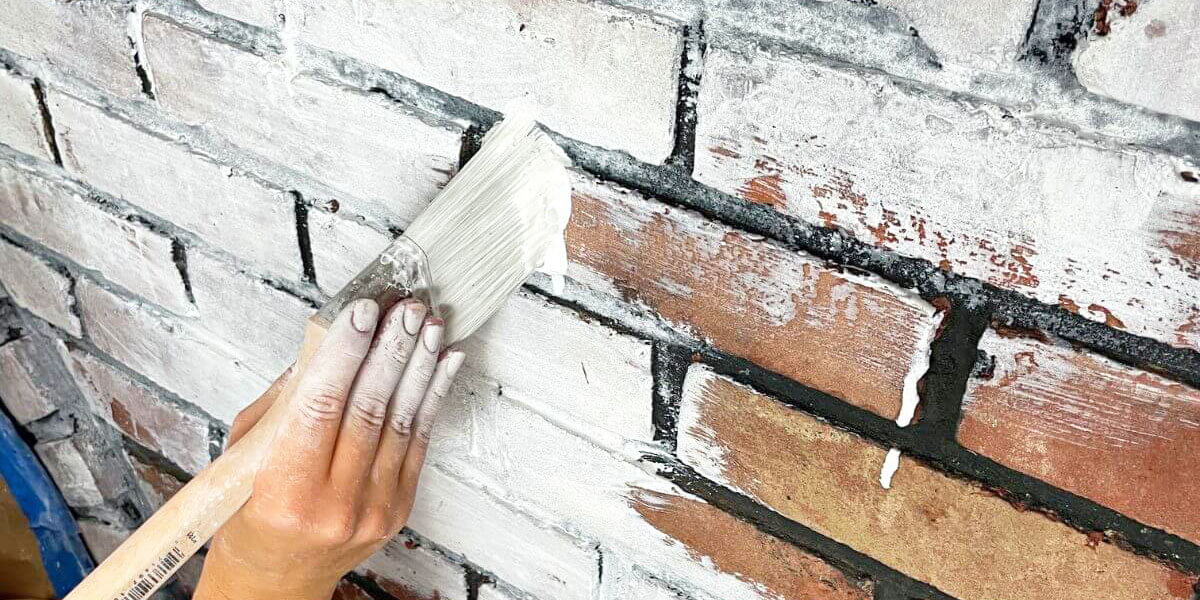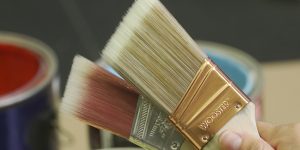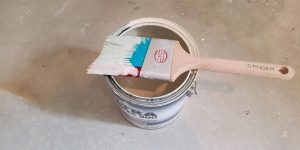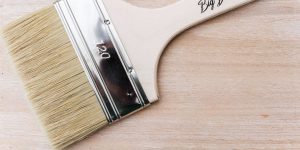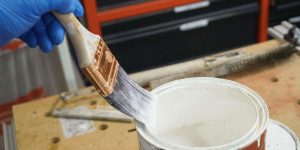Today we’ll discuss a common dilemma: how to get primer off your skin. Whether you’ve been painting a masterpiece or working on a home improvement project, you should know how to clean primer safely, especially when it comes to leather.
Leaving primer on your skin can lead to potential risks and discomfort, such as skin irritation and clogged pores. So, join me as we explore the best techniques for removing primer, both in wet and dry scenarios, ensuring a clean and comfortable experience for your skin.
Prompt removal of wet primer
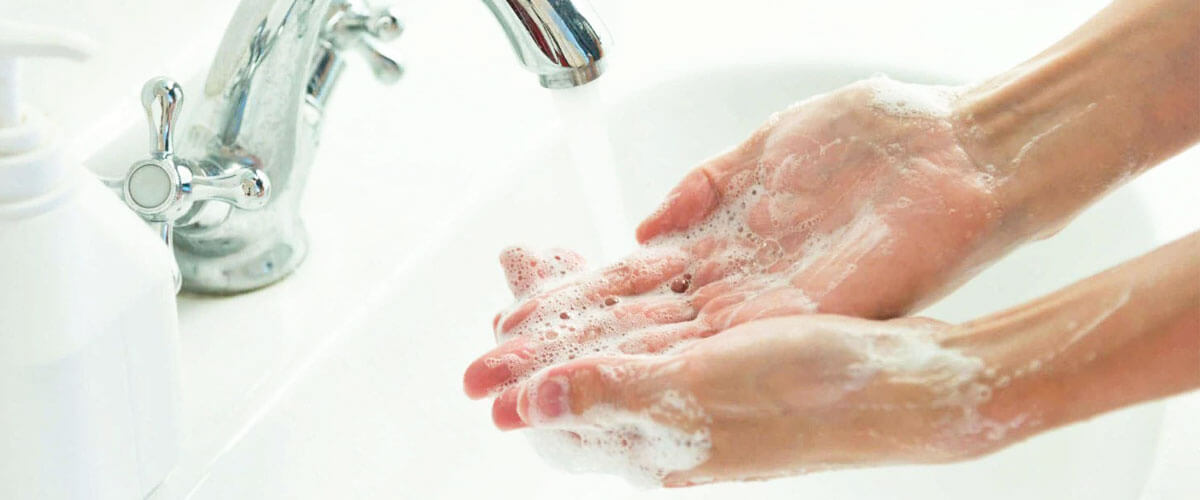
To get primer off your hands quickly is really important as it contains chemicals and pigments that can harm your skin if left on for too long. Without further ado, here’s my step-by-step guide to removing wet primer using items you likely already have at home:
- Gather your supplies: For this simple removal process, you’ll need a mild liquid soap or dishwashing detergent, warm water, a clean cloth or sponge, and a towel.
- Wet your hands: Thoroughly wet your hands under warm running water. This will help to loosen the primer and make it easier to remove.
- Apply soap: Take a small amount of mild liquid or dishwashing detergent to your wet hands. Gently lather the soap, creating a rich foam.
- Cleanse your skin: Using your soapy hands, gently rub the affected area in a circular motion. Don’t scrub too vigorously, as this may irritate the skin. Continue this process for a few minutes, ensuring the soap reaches all areas covered with wet primer.
- Dry and moisturize: Pat your hands dry with a clean towel, ensuring they are completely dry. Afterward, apply a gentle moisturizer to rehydrate your skin, as cleaning may strip away natural oils.
Remember, the key is to act quickly and follow these steps to prevent skin irritation or discomfort.
Removing dry or cured primer
Now I want to share my favorite ways to remove primer from skin and clothes.
Method 1: Gentle cleansing with soap and water
- Start by wetting the affected area with warm water. This helps to soften the primer and make it easier to remove.
- Grab a mild soap or cleanser and lather it up on your hands.
- Gently massage the soapy mixture onto the primer-covered skin. Use circular motions, applying slight pressure without scrubbing too hard.
- Rinse the area with warm water, removing all soap residue.
- Pat your skin dry with a clean towel. If you still notice traces of primer, proceed to the next method.
Method 2: Effective oil-based solutions
- Choose an oil safe for your skin, such as baby oil, coconut oil, or olive oil.
- Apply a generous amount of oil to the affected area.
- Allow the oil to sit on the primer for a few minutes, giving it time to break down the dried layers.
- Gently rub the area with a soft cloth or your fingers in a circular motion.
- Rinse off the oil and any remaining primer with warm water.
- Pat your dry skin and assess if the primer has been fully removed. Repeat the process if needed.
If you experience discomfort or can’t get pvc primer off your hands after multiple attempts, it’s wise to consult a dermatologist for further assistance.
Post-removal skincare

You might be wondering why skin care matters after a painting project. Well, getting paint primer off your skin can leave your skin feeling dry, rough, and even irritated. Moisturizers and soothing creams work their magic in such situations.
These little wonders not only replenish the moisture that’s lost during the process but also promote healing. Applying a high-quality moisturizer can prevent your skin from becoming dry and tight.
On the other hand, soothing creams provide a cooling effect, reducing inflammation and aiding in the healing process. Trust me, your skin will thank you for this extra bit of TLC.
Precautions and safety measures
First and foremost, always wear protective gloves, clothing, and eye protection. Consider using proper application techniques and tools to prevent direct contact with your skin further. Use brushes or rollers to apply the primer instead of your bare hands. This not only ensures a more even application but also reduces the risk of skin exposure.
Remember, safety should be your top priority when working with any chemical substances. By adhering to these precautions and employing the recommended safety measures, you can safeguard yourself and create a safer working environment.

